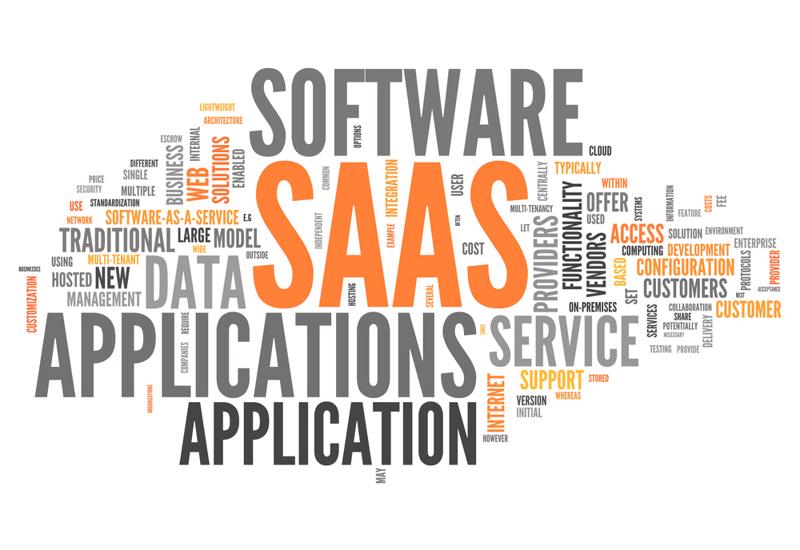
Understanding as-a-service models
By Max BurkhalterApril 29, 2021
Big data is making it expensive to manage onsite storage. Legacy services make it more difficult to manage on-premise business phone and internet systems. Increasing fluctuation in multiple verticals is creating challenges for scaling accurately while controlling costs. As Search Cloud Computing noted, XaaS, or "anything-as-a-service" models are coming into their heyday.These subscription models take the main burden of IT support off of your company, and help you leverage the cloud in a cost-effective, productivity-rich way. But what are the different types of as-a-service models, and which one can help your organization achieve its goals?
SaaS: Software as a Service
Software as a Service (SaaS), typically is used to deliver cloud application services, which represent the largest cloud market. When you subscribe to a SaaS, a third party uses the web to deliver managed applications, with an easy-to-use interface on your end that allows people in your company to fully utilize the service without being responsible for updating or maintaining the software.
Most SaaS applications can be run directly from your employee's connected devices using a web browser. In most cases, you won't have to perform any downloads or installations, although you might be asked to add a browser plug-in. This web delivery model gets rid of the need to install, run, troubleshoot and update applications on individual computers. The SaaS vendor manages all of the following:
- Applications
- Data
- Middleware
- Networking
- Operating systems
- Runtime
- Servers
- Storage
SaaS offerings can manage your business phone services, email, internal collaboration, customer relationship management (CRM) and more. Examples of SaaS to replace traditional on-device software include voice and video conferencing solutions, sales funnel solutions and collaborative teamwork tools.

PaaS: Platform as a Service
Platform as a Service (PaaS) provides cloud components that can be used as a framework by developers as they create or customize applications. The main advantages of PaaS is that it speeds time to market and reduces the cost of application development, testing and deployment. Developers manage the applications themselves, but the PaaS provider can handle any or all of the following:
- Networking
- Operating systems
- Servers
- Software
- Storage
- Virtualization
PaaS is typically used to increase developer productivity while decreasing an application's time-to-market.
IaaS: Infrastructure as a Service
Infrastructure as a Service (IaaS) delivers a cloud-based infrastructure that eliminates the need to purchase and maintain expensive hardware. Instead, infrastructure can be subscribed to as needed based on consumption, just like any utility such as electricity. This can shift costs of infrastructure from CAPEX to OPEX, and eliminate the need for costly outlay and time-consuming physical maintenance.
When you use IaaS, you'll still control your applications, data, middleware, operating systems and runtime. The IaaS provider will cover the following:
- Hard drives
- Networking
- Servers
- Storage
- Virtualization
You can install whatever you need on top of the provided infrastructure, at a fraction of the cost of using physical in-house infrastructure. IaaS+ vendors may also offer layers of additional services on top of virtualization, including databases or messaging queues. Amazon Web Services, Microsoft Azure are two of the best known and most popular IaaS providers.
Forcetalks points out that you can opt for multiple as-a-service options, choosing an IaaS, installing a PaaS, and utilizing a SaaS to fulfill all of your needs in the cloud. The primary advantage of this choice is the ability to fully virtualize, which has the side effects of eliminating the need for costly on-premise solutions and allowing you to distribute your workforce.
For your remaining needs, Perle can support your shift to the cloud with appropriate hardware for your endpoints and help secure your network. Read our customer success stories today.



